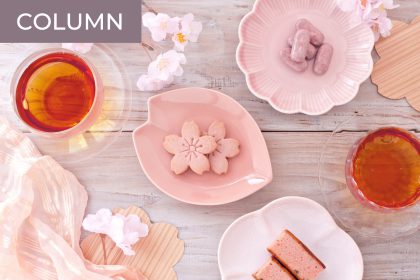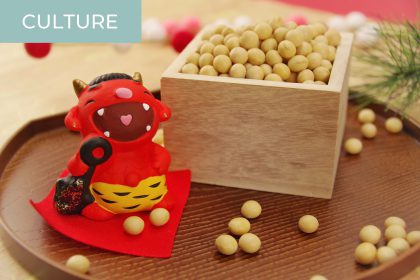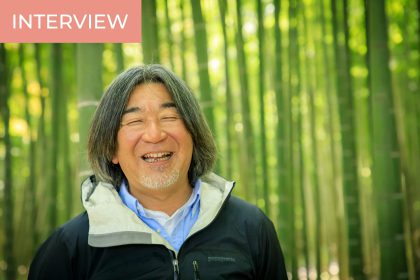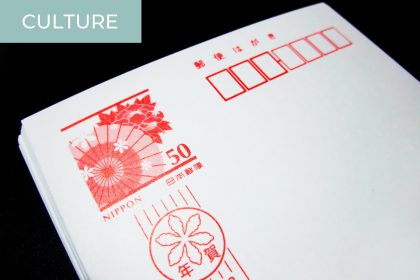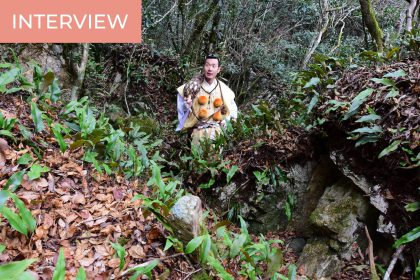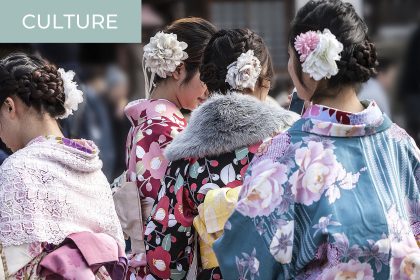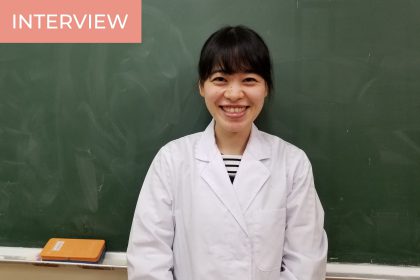A few years ago, a friend of mine asked me if I could bring them back a sort of Kit Kat that they had enjoyed so much during their trip to Japan. I had a look in several stores, and after further research, had to announce to them that I could not buy the requested…
Casting Evil Away: The Japanese Celebration of Setsubun
The characters for setsubun in Japanese are 節分, literally meaning “season division.” This celebration traditionally takes place on February 3rd, one day before spring according to the lunar calendar. In older times, spring used to be the New Year, so setsubun can be understood as a form of ancient New Year’s Eve. To welcome the new year…
Japan’s Most Beautiful Bamboo Forest Is in Utsunomiya
Wakayama Farm is an exceptional place in Utsunomiya, a city that can be reached in one hour by Shinkansen from Tokyo. Despite its name having the word “farm,” Wakayama Farm is home to the last carefully tended bamboo forest in Japan. A few years ago, it started welcoming visitors on its ground. Its owner Taro…
What “Hatsuyume,” the First Dream of the Year, Means for the Japanese
In Japan, hatsuyume is literally the first dream you have after December 31st and is said to predict your fortune for the coming year. Traditionally, lucky dreams involve Mt. Fuji, a hawk, and an eggplant, in that order. The combination looks a bit peculiar, but each element is a homonym for positive words in Japanese….
Moving into 2021 in Japan
First of all, I sincerely wish you the best for 2021, wherever you are. Originally, I wanted this article to be bright and hopeful. I wanted to talk about what good things could be expected in Japan for the year to come. But this is proving to be difficult. At the time I am writing…
The Nengajo Postcards: How Japanese People Send Their Best Wishes
Japanese people exchange nengajo postcards as New Year greetings, much like Western people sending Christmas cards to each other. Nengajo and New Year Greetings in Japan In Japan, it was a long-established custom to personally present your greetings to people who had helped you and to your superiors at the beginning of the year. They…
Getting along with Japanese Neighbors with Gifts
No later than last night, I took part in the economic exchange known as bartering. In the Japanese countryside, exchanging goods between neighbors or members of the same community is very common. People produce all sorts of products in their gardens. Exchanging fruits and vegetables with each other is a convenient way to prevent spoilage,…
The Japanese Shugendo Religion, Explained
Taichi Tani is a monk in a village in Kochi Prefecture on Shikoku Island. Although Shikoku is famous for its pilgrimage and numerous Shingon Buddhism temples, Mr. Tani’s temple is outside the pilgrimage route and from another tradition: Shugendo. Shugendo is a Japanese religion mixing Buddhism, Shinto, and Taoism. Ascetic training in the mountains is a central…
The Japanese Traditions For Year-End and New Year’s Holidays
The New Year, called “O-Shogatsu” in Japanese, is a traditionally very important holiday for Japanese people. In ancient times, January used to be early spring according to the lunar calendar. It was the season when everything started flourishing again. Like in many other cultures, people gathered and wished each other a prosperous year. Today’s Japanese…
In Japan, Healthy Eating Habits Start at School
Fumiko Ichimura is a nationally registered dietitian in Japan. She uses her knowledge about balanced meals in a primary school, where she makes the menus so that children grow healthy and learn to enjoy eating. I asked her about the effects of Japanese food on health, the changes in Japan’s eating habits, and teaching kids…

